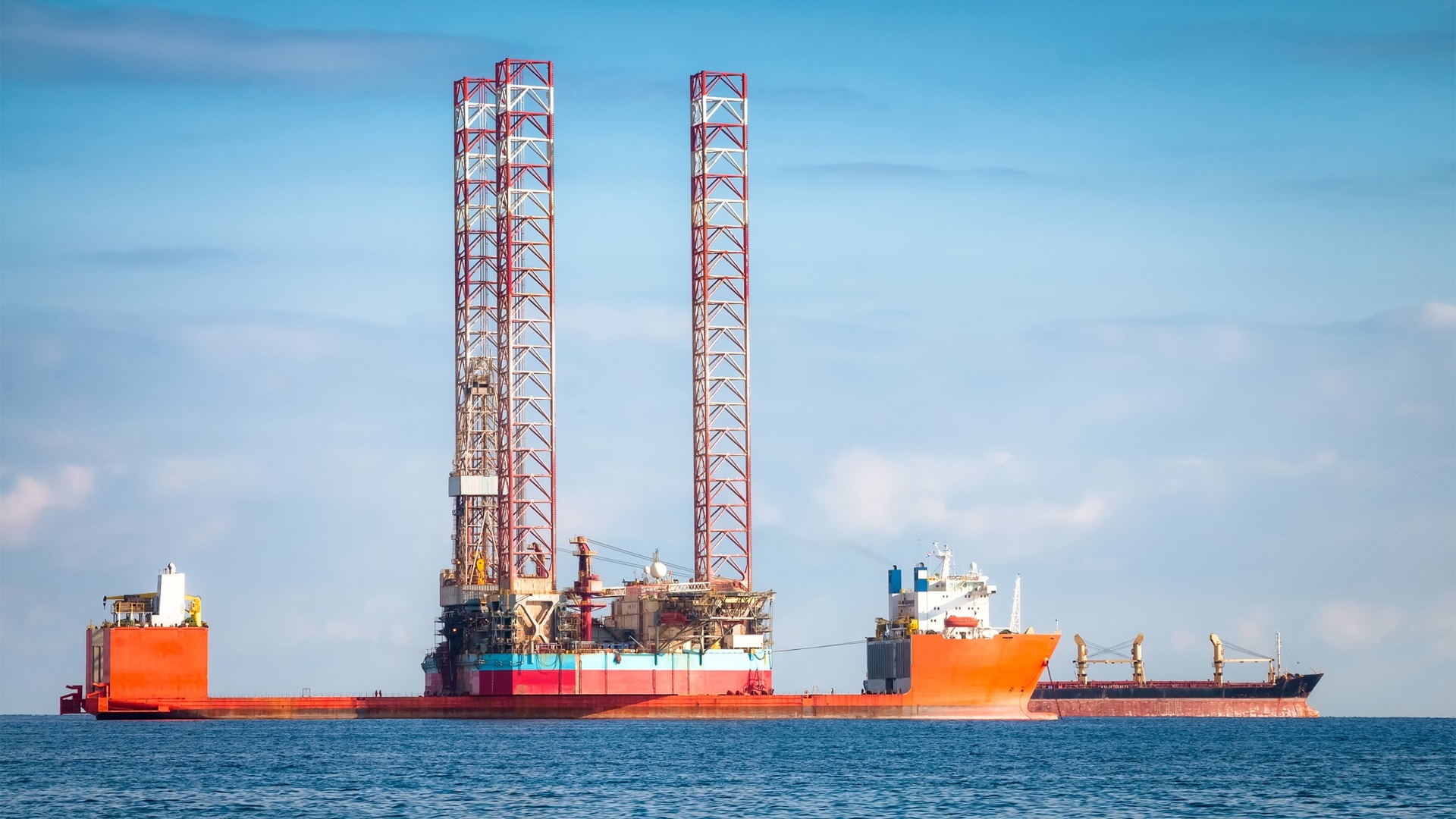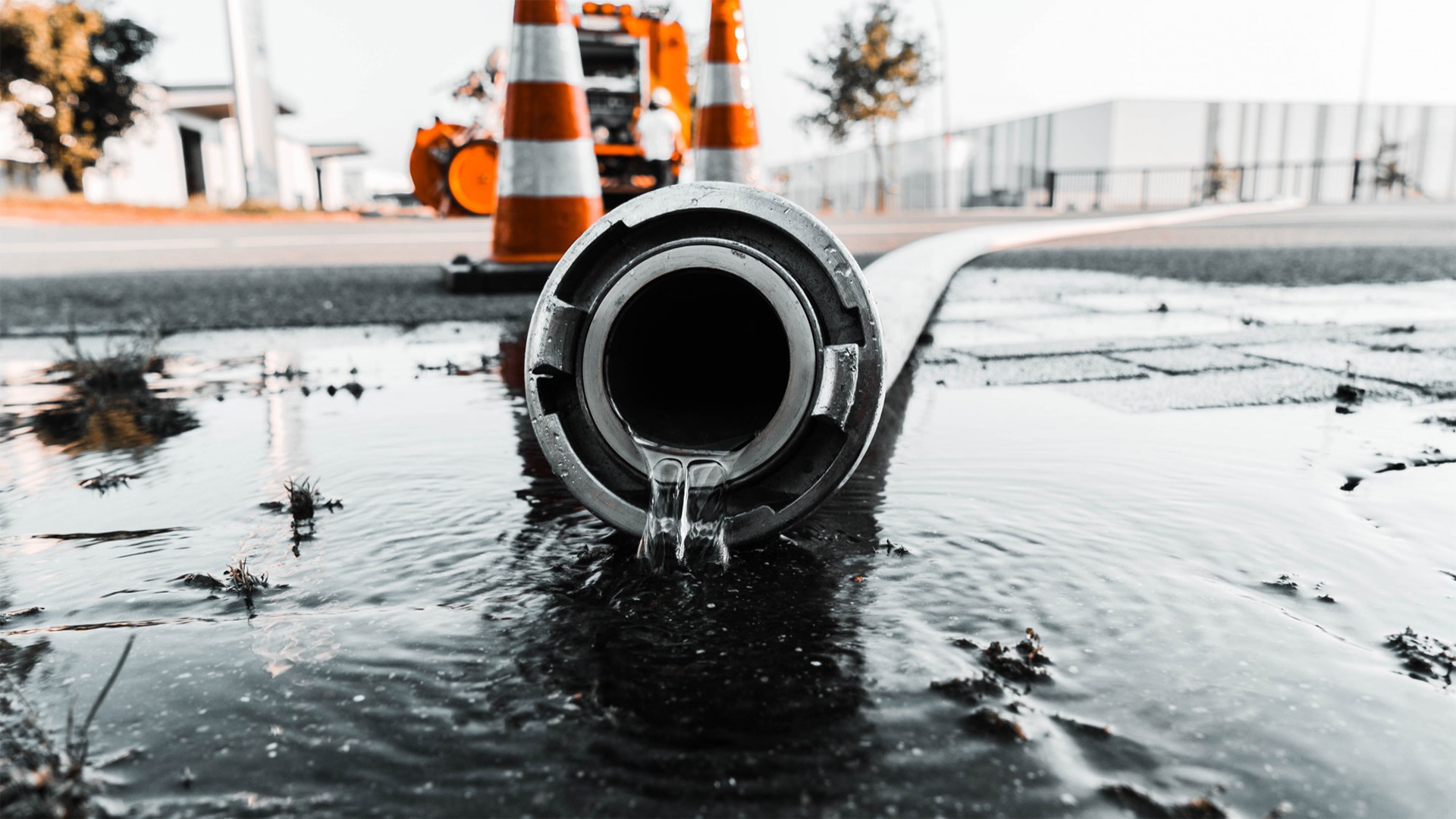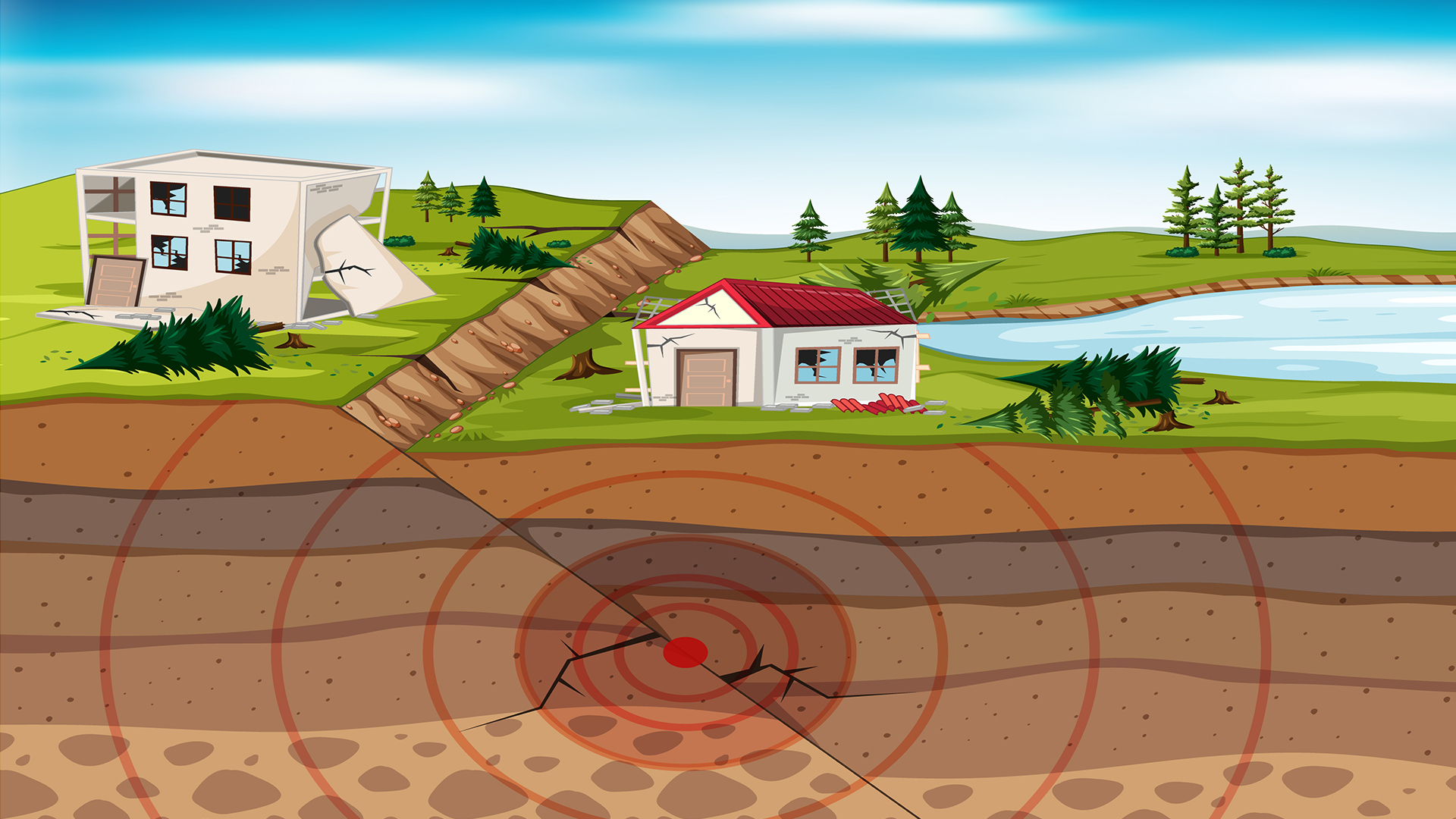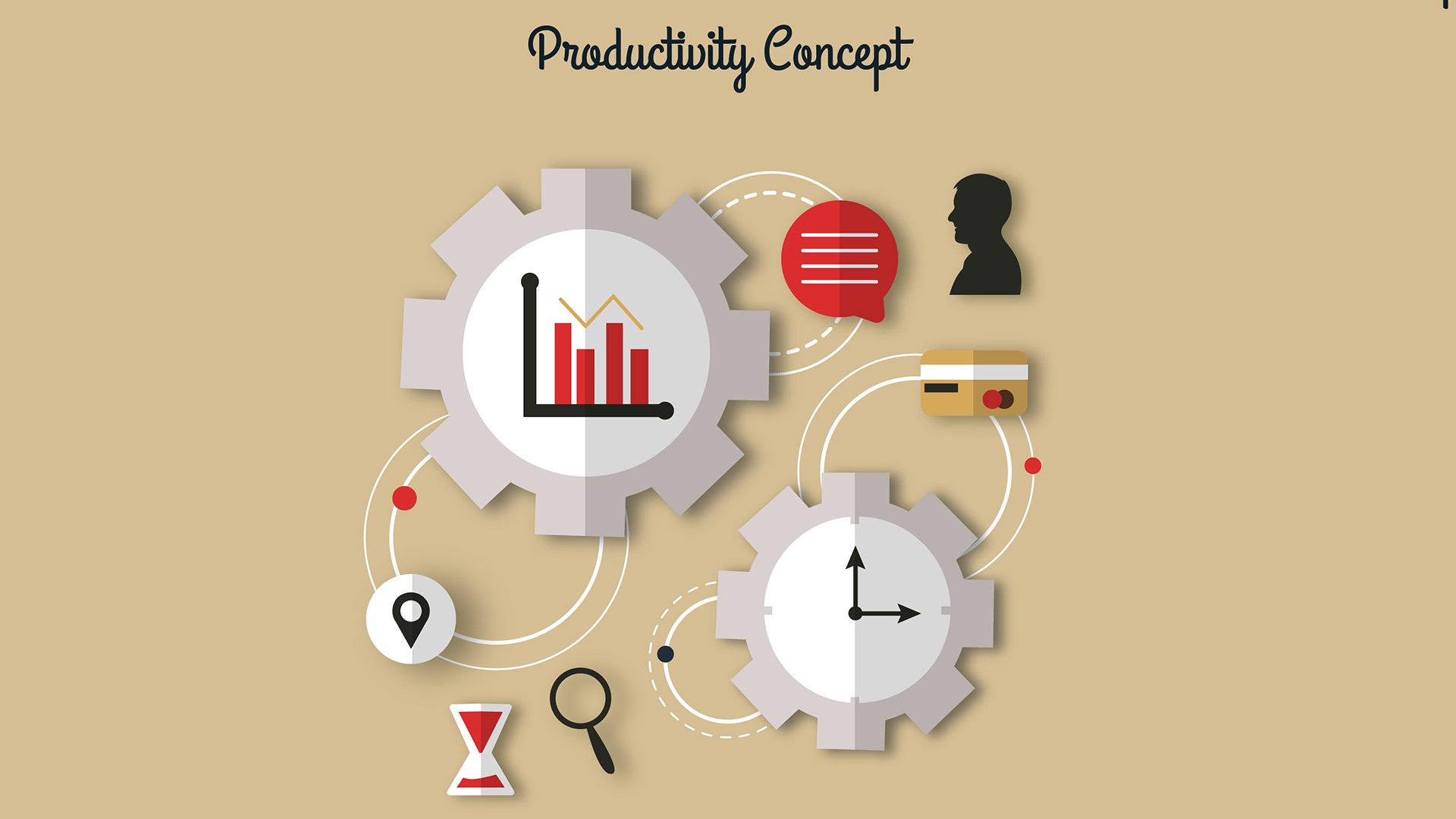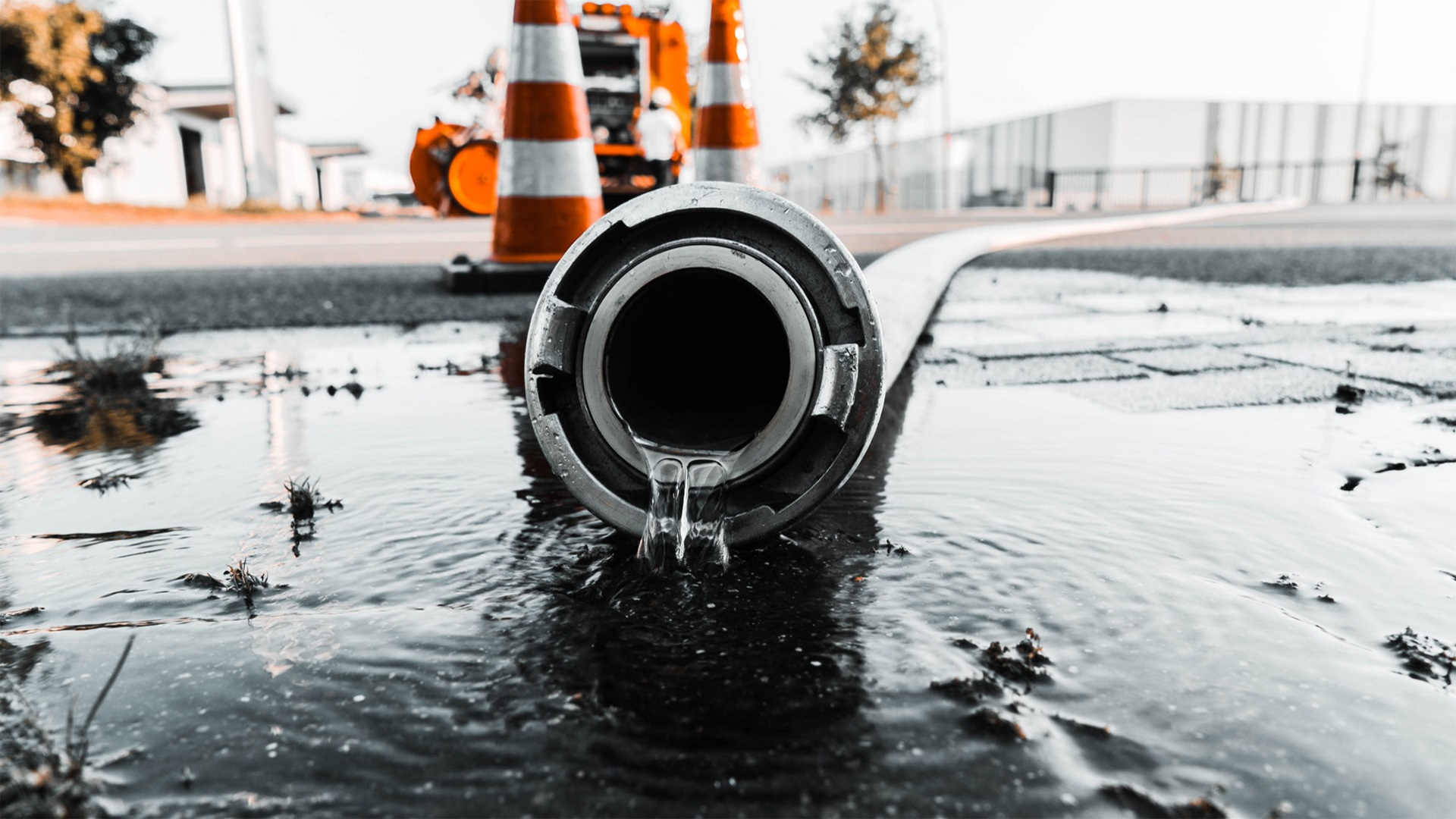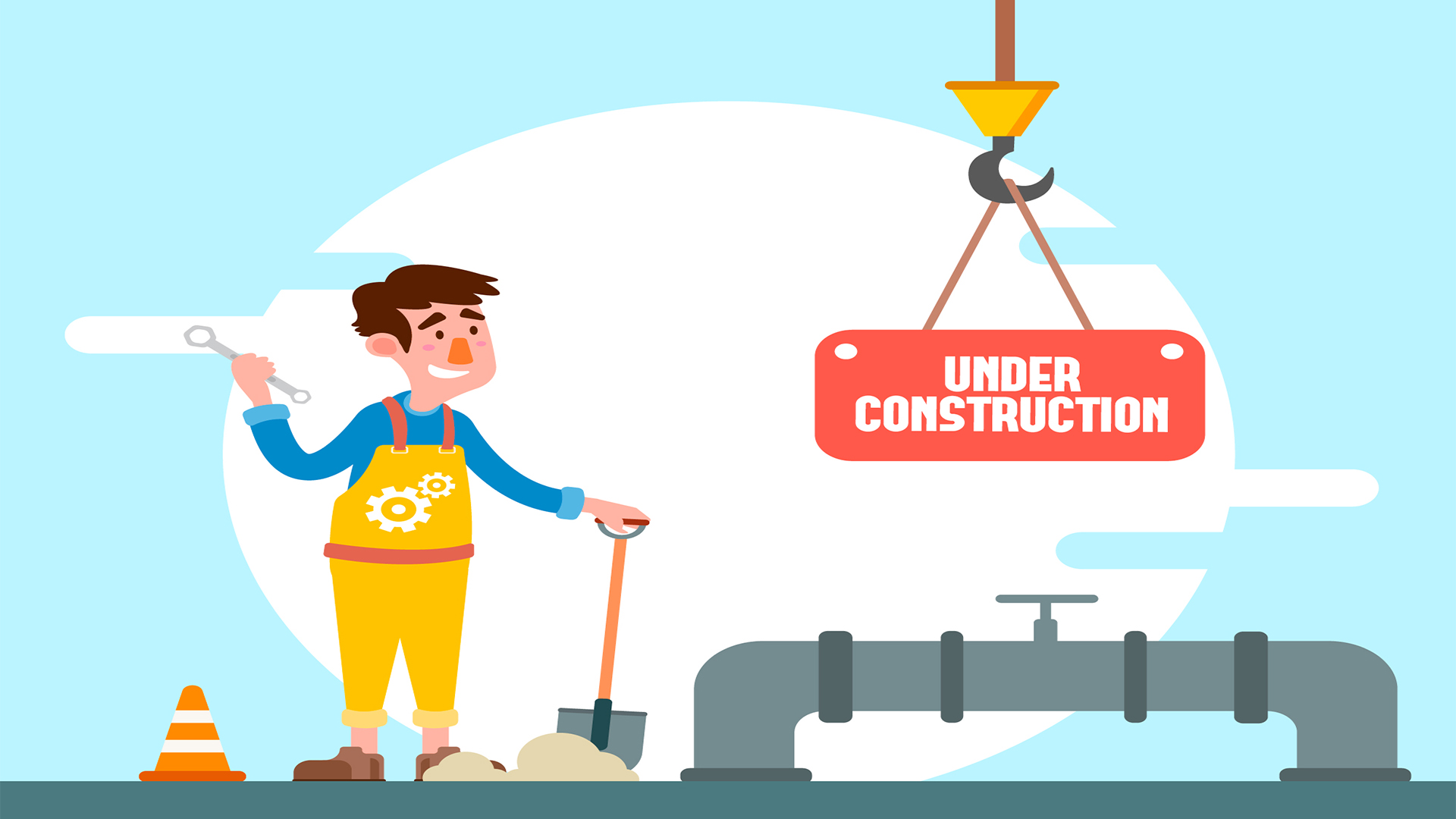
Get Out Of The Stuck Pipe Mess: An Advanced Guide
Course overview
The training offers thorough and thorough coverage and handling in the field to comprehend and master the primary problems that result in clogged pipes. The primary cause of (NPT) Non-Productive Time, which is connected to drilling activities, lost circulation, and wellbore instability, is stuck pipes. Companies lose thousands of dollars due to unproductive time, therefore avoiding such instances could result in significant financial savings.
What purpose does a drill pipe serve?
This course will go through many methods, including how a drill pipe works, that are intended to minimize or completely prevent stuck pipe events on your rig. The seminar will also cover early warning signs, how to minimize the effects of stuck pipes on drilling operations, and the appropriate responses that an individual or group can recognize.
It will be a very practical course. Students will employ the most recent technologies used in drilling to avoid NPT by participating in hands-on courses and discussions while referencing the best materials available.
How can a pipe drilling be kept from getting stuck?
Inefficient handling or removal of stuck pipes can cost a company thousands of dollars in fees. By producing specialists who can manage clogged pipes with a high degree of efficiency, this course from Training Bee will lower potential operational costs for a business.
The major skills that will be taught include how to analyze, predict, create a backup plan in case a pipe gets stuck, and produce a clear, comprehensive report after a stuck pipe occurrence.
Introduction
A vital training program called “Stuck Pipe Prevention, Fishing in Drilling – Tools and Operation” was created to meet the particular difficulties that come up in drilling, especially in the oil and gas sector. The prevention of stopped pipes and the use of specialized equipment and methods for fishing operations in drilling are the two main objectives of this extensive training program.
In conclusion, the training program “Stuck Pipe Prevention, Fishing in Drilling – Tools and Operation” is an essential part of career advancement in the drilling sector. It gives people the know-how and abilities they need to properly conduct fishing operations when necessary, optimize drilling operations, and avoid expensive stopped pipe events. The drilling industry benefits from this training in terms of operational effectiveness, safety, and environmental stewardship.
We are The Training Bee, a global training and education firm providing services in many countries. We are specialized in capacity building and talent development solutions for individuals and organizations, with our highly customized programs and training sessions.
Learning Objectives
Upon completing Stuck Pipe Prevention, Fishing in Drilling – Tools and Operation, participants will be able to:
- When deciding how to arrange fishing activities, make well-informed and economical decisions.
- Completely comprehend and perfect the technique of putting best tripping practices and efficient drilling into practice.
- Examine current fishing strategies and tactics
- Analyze and investigate patterns to quickly identify wellbore problems
- Control a variety of pipe-sticking corrective functions
- Analyze and assess wellbore hole mechanics and the primary implications of wellbore core stability
- Examine the root cause, the contributing mechanisms, the associated hazards, and the blocked pipe issue.
Our Unique Training Methodology
This interactive course comprises the following training methods:
- Journaling – This consists of setting a timer and letting your thoughts flow, unedited and unscripted recording events, ideas, and thoughts over a while, related to the topic.
- Social learning – Information and expertise exchanged amongst peers via computer-based technologies and interactive conversations including Blogging, instant messaging, and forums for debate in groups.
- Project-based learning
- Mind mapping and brainstorming – A session will be carried out between participants to uncover unique ideas, thoughts, and opinions having a quality discussion.
- Interactive sessions – The course will use informative lectures to introduce key concepts and theories related to the topic.
- Presentations – Participants will be presented with multimedia tools such as videos and graphics to enhance learning. These will be delivered engagingly and interactively.
Training Medium
This Stuck Pipe Prevention, Fishing in Drilling – Tools and Operation training is designed in a way that it can be delivered face-to-face and virtually.
Course Duration
This training is versatile in its delivery. The training can be delivered as a full-fledged 40-hour training program or a 15- hours crash course covering 5 hours of content each day over 3 days
Pre-course Assessment
Before you enroll in this course all we wanted to know is your exact mindset and your way of thinking.
For that, we have designed this questionnaire attached below.
- How does your current position or role in the drilling sector relate to drilling operations and the avoidance of stuck pipes?
- What does “stuck pipe” mean in the context of drilling operations, please?
- What are the main dangers and effects of events involving stuck pipes during drilling operations?
- Can you share any stuck pipe occurrences you have personally experienced or heard of in the course of your work?
- List a few tried-and-true techniques or tactics for preventing stuck pipe situations during drilling operations.
- What steps are most likely to prevent a stuck pipe, in your opinion?
Course Modules
This Stuck Pipe Prevention, Fishing in Drilling – Tools and Operation covers the following topics for understanding the essentials of the Agile Workplace:
Module 1 – Reasons for clogged pipes
- Human actions and other elements that could cause clogged pipes
- Ignoring prescribed procedures
- Issues with itinerary changes (most clogged pipe incidents occur here)
- Team coordination issues improper and ineffective communication inadequate planning
- Failing to understand and read warning indications
Module 2 – Security of the Wellbore
- Chemistry of clay
- Analysis of chemical interactions in wellbore
- Physical contact
- The pressures on Earth
- Rocks that were formed from silt and shale
Module 3 – Mechanics of Rock
- Effect of drilling fluid on the stability of the bore hole
- Mechanisms and reasons for fractures and faulting
- Induced elements impacting the stability of drill holes
- Stabilization of shale
- Structural geology and geo-mechanics
- Folding mechanics and its causes
Module 4 – Overview of Stuck Pipe
- Causes of a clogged pipe
- Problem emergence
- What is jammed pipe defined?
- Understanding danger signs and reading them
- Taking note of warning signals
- Mechanical reasons why pipes become jammed
Module 5 – Sticking Types
- Casing issues
- Key seating Geometry of the wellbore
- Improper hole cleaning
- Cement issues
- Sludge in the cracks
- Reactive structures
Module 6 – Comparative Sticking
- Definition of drill string flexing
- Raising and lowering the drill string
- Differential sticking definition
- Regulating well pressure
- Communication that is effective
Module 7 – Fishing Activities
- Prudish twists
- A little explosion
- The entire body
- Hole with side tracks
- Closing the gap
- Fishing String with Jars
Module 8 – shattered bit cases
- Using various bits
- Hollow basket usage
- Using a magnet to catch fish
- Break one of the conical cutters free, then descend bearing-first into the hole.
Module 9 – Alert Signs
- Variations in string tension
- Pump pressure variations
- A shaker’s worth of changes
- The mechanism is called: simulations
- Torque variations
- Measurement mechanism
- Contrasting mechanism
Post-course Assessment
Participants need to complete an assessment post-course completion so our mentors will get to know their understanding of the course. A mentor will also have interrogative conversations with participants and provide valuable feedback.
- Consider the main dangers and effects of drilling events with trapped pipes. How has the course changed the way you approach risk management?
- On the basis of the training, what adjustments or improvements have you made to your risk assessment and mitigation techniques?
- Describe any advancements you have made in your fishing operations knowledge and skills, including tool selection and use.
- Have you led or taken part in fishing operations since receiving your training? What effect did the training have on your strategy?
- Describe the uses for the different fishing tools and equipment you learned about throughout the course.
- Can you give examples of specific fishing tools or equipment that you discovered to be especially useful for resolving drilling-related problems in the real world?
Lessons Learned
Trapped Pipe Risk Management: Participants now have a thorough awareness of the dangers and negative effects related to drilling mishaps involving trapped pipes. They are now capable of recognizing and reducing these hazards, which enhances operational safety and effectiveness.
Tools and Techniques: Participants have gained knowledge of a variety of instruments and methods used in fishing operations. They are able to make wise decisions in difficult circumstances because they are aware of the precise uses and functions of these instruments.
The importance of following pertinent regulations and compliance standards is emphasized in the course on regulatory compliance and reporting. Participants understand that they must act in compliance with these principles both legally and morally.
Making Good Decisions: Making good decisions is a key competency for drilling professionals and managers. In situations involving clogged pipes, participants have improved their capacity for making educated decisions, which has helped to produce quicker and more fruitful results.
Resource Allocation and Planning: The importance of resource allocation in drilling operations has been underlined in the course. The ability to manage resources strategically and effectively, guaranteeing the best use of people, tools, and technology, has improved across participants.
